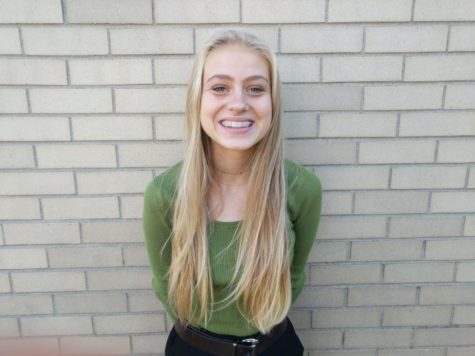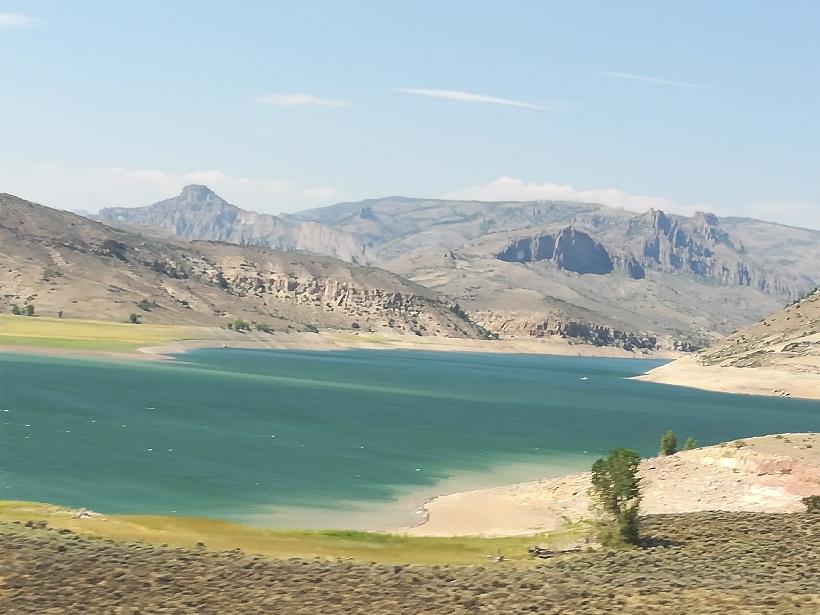Got Water? Colorado Springs doesn’t.
The average person uses about 90 gallons of water every single day, which is equivalent to about 680 full bottles of water per person each day.
This is a monstrous quantity of water, so where does it come from?
Living in Colorado Springs, we reside in the Arkansas River basin which is on the other side of the Continental Divide from the Colorado River. Most of our water comes from the streams that feed into the Colorado River. 65 percent of the water used in town is imported from the Colorado River basin. This water is brought to town from 100 miles away through tunnels, pipes, pump stations and reservoirs. This means we rely heavily on the Colorado River water share – more than any other city in the state.
We receive all our water from the Colorado River, but we are required to share this water source. The National Water Census informs that seven states depend on the water from the Colorado river including Colorado, Wyoming, Utah, New Mexico, Nevada, California and Arizona. A federal Interstate Stream Compact Agreement was signed in 1922 that specified how much everyone is allowed to have.
However, the climate has changed since then and river flow is significantly less. This becomes a problem because lower states can put a “call” on the river that requires the upper states (like Colorado and Wyoming etc.) to release more water to meet the requirements. If this happens, then we see a visible decline in of our share of the water. This is extremely prevalent and concerning for Colorado Springs because most of our water comes from the Colorado River and if there is a “call “on the river, we will be heavily restricted in our Colorado River water and would have to reduce our water usage significantly.
If this drought persists and there is a call on the Colorado river, Colorado springs residents would have to reduce their water usage from 90 to 50 gallons of water a day per person according to the USGS Water Science School. That is nearly half of the water usage we currently consume.
When interviewed about the relevance of water usage in their lives, Air Academy High School students respond, “I don’t really think about my water usage on the daily” stated senior Reagan Brenenstuhl.
“It’s definitely a big issue but most people don’t realize it” senior, Anna Cloonan contributed.
Drought is shriveling up the corners of Colorado Springs and the threat of changing our water ways is necessary. It is essential that we become cognisant of our water usage.
Even though this drought may be inevitable, how we respond to it has the ability to determine the direction of this water shortage. There are simple ways that everyone, from adults to high school students, can contribute to conserving water.
The Colorado Springs Utilities Water Department informs easy ways to conserve water. Things such as cutting shower time to 10 minute periods, turning off the faucet while applying soap, or frequently checking household utilities such as toilets and dishwashers for leaks and efficiency.
Modifying minuscule aspects of our personal lives to accommodate the rapid spread of drought is pivotal in changing the direction of this being a mere inconvenience than a pushing issue.

Hello! My name is Elina Landin, I am a junior at air academy. Putting the premise of my life into a few sentences is difficult however, writing, music...









Birgit Landin • Oct 29, 2018 at 7:48 pm
Well done! Thank you for helping people understand why they should think twice about using water wisely!